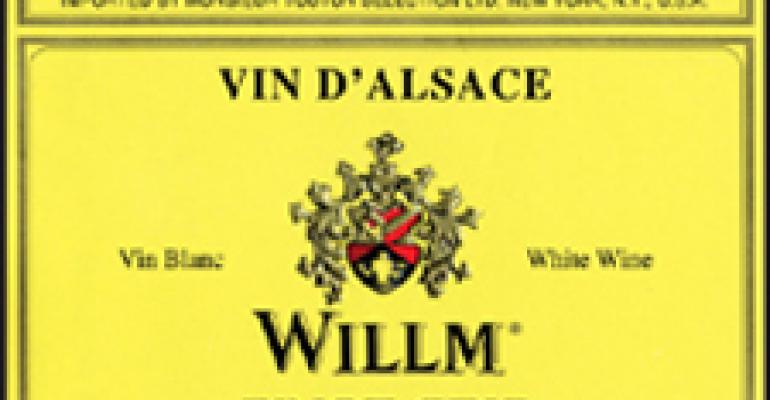Someone recently asked us whether we can pair wine with food by reading a recipe, or whether we need to taste the wine together with the food.
The fact is that most wine professionals make judgments about what wine to serve with a particular dish, or what type of foods might complement a particular wine, without having the opportunity to taste the food and wine together. It may sound like an inexact science, but in fact we apply various principles to arrive at what are likely to be complementary pairings.
Still, like nearly all aspects of wine, not everyone agrees on the principles to apply. Winemakers often single out certain flavors in a wine to support the idea that a wine will pair nicely with particular types of food. A wine with lemon-grass aromas and flavors, for example, might be recommended for Thai cuisine, and a wine with the flavors of black pepper might be recommended with steak au poive.
The limitations of this approach are obvious, however, as wine and food each have much more going on than just their aromas and flavors. The experience involves aromas and flavors; the basic tastes, such as sweetness, sourness or acidity; and impressions of weight and texture. Likewise, any dish has the same considerations plus, sometimes, the additional tastes of saltiness and umami.
A systematic approach that encompasses all of these factors would have the complexity of an advanced mathematical formula, but some wine experts have taken steps to simplify the process with general guidelines. Evan Goldstein, author of “Perfect Pairings,” points out, for example, that “sweetness [in wine] is a great counterbalance to moderate levels of spicy heat” in food, and “alcohol is accentuated by salt.”
For our part, we keyed in on what we believe are the two most fundamental issues for wine and food pairing while in the process of writing the 2005 book “Wine Style.” Those are the weight of the wine and of the dish as well as the flavor intensity of the wine and of the dish. Simply put: Heavy dishes need fairly hefty wines, and light dishes call for lighter wines, generally speaking.
In the same way, flavorful dishes require flavorful wines, such as all those fruity New World varietals. Dishes with delicate, low-key flavor intensity generally need wines with subtle flavor expression.
Beyond those two considerations, one can fine-tune the pairing around issues such as the specific flavors of the wine and the food, the texture of the wine and the dish—contrasting a crisp wine with a rich sauce, for example—or the sweetness of the wine and the food, among other options.
One of us had a special opportunity to examine the dynamics of food and wine as a judge at the 2007 Sydney International Wine Competition last autumn. The purpose of this competition is to identify and reward wines that actually taste good with food. Judges first rated the wines for inherent quality, and the top twenty percent of the entries then proceeded to flights in which they were judged along with a dish. Results are published on
The experience confirmed a few other beliefs as well. First, unoaked or gently-oaked wines pair more easily with food than very oaky wines do, and, second, high acidity renders wines food-friendly.
WINE OF THE WEEK
2004 Domaine Willm Pinot Gris, Alsace, France This white wine is not only very versatile with food, but also a terrific value. It’s dry, full-bodied and rich, with more high-acid depth than you usually find in rich whites, and it has lots of peachy and orangey flavor. It’s weighty enough to pair even with some beef dishes, and rich enough to handle a slight amount of sweetness or spice in the food it’s paired with. Wholesale case price: $96
Add those observations to our fundamental guidelines and to the depth of advice in books like Goldstein’s, and you’ll be well-armed to pair wines with your menu. But never lose sight of the fact that, in the end, it’s the taste of the individual that matters most.

